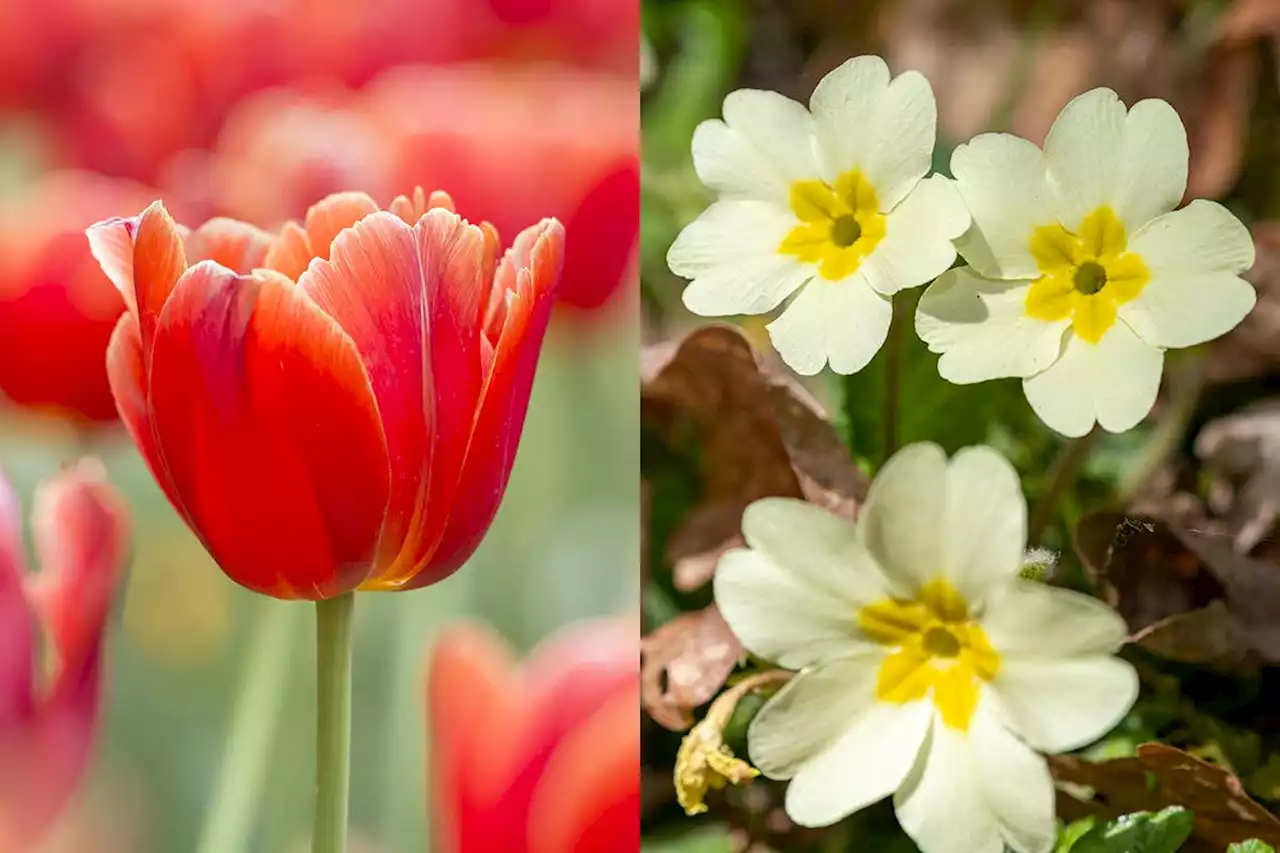In the latest Wild Wild Life Newsletter, PennySarchet unlocks the secrets of flowering plants and remembers American naturalist E.O. Wilson
. The continued uncertainty wrought by covid-19 didn’t make me particularly cheerful, at a time of year when I would normally be making plans and looking forward to warmer months. So, it’s time to think smaller, closer, greener: in the absence of any grander schemes, I’m making plans to plant as many different herbs as I can this year, so that I can stop buying those plastic supermarket packets of fresh herbs that always seem to spoil before I’ve used them.
My love of gardening stems from my training as a plant biologist and, this month, I’ve been enjoying delving back into plant science, with some interesting new discoveries about how plants develop and are cultivated. Also in this newsletter, glowing fish, tiny snails and remembering E. O. Wilson.
There’s one particular distinction that will help you gain insight into almost all the world’s flowering plants: whether a seed germinates with a single or pair of starter leaves, known as cotyledons. A plant’s seed leaves are thrilling indeed – a sign that you’ve successfully coaxed life from a dormant embryo. When I see this first sign of life, I can immediately tell a lot about a plant, starting with whether it is a monocot or a eudicot .
The vast majority of the world’s plants are flowering plants, and of these, 97 per cent of species are either a eudicot or monocot. It’s a distinction that has been made since the 17th century, and it goes well beyond a plant’s first leaves. If you look at plants that germinate with a single cotyledon, you are likely to see parallel leaf veins on their subsequent leaves and, should you have an electron microscope to hand, a single pore in their pollen grains.
What’s pleasing about the distinction between monocots and eudicots is that it was based on studying plant anatomy, was then thrown up in the air by the genetic revolution of the past century, but has now landed back in roughly the same place as before. The genetic evidence supports these two major groups, but suggests around 3 per cent of species, including magnolias and water lilies, don’t belong in either.
United States Latest News, United States Headlines
Similar News:You can also read news stories similar to this one that we have collected from other news sources.
 Here's What the GEICO Gecko Looks Like in Real Life — Best LifeEver wonder what the GEICO gecko looks like in real life? Meet actor Jake Wood, who's voiced the commercial mascot for years.
Here's What the GEICO Gecko Looks Like in Real Life — Best LifeEver wonder what the GEICO gecko looks like in real life? Meet actor Jake Wood, who's voiced the commercial mascot for years.
Read more »
 Without Joel Embiid, Sixers Pull Off Wild Overtime Win Over GrizzliesWith no Joel Embiid, the Sixers pulled off a 122-119 overtime win Monday night at Wells Fargo Center over the Grizzlies. NoahLevick of NBCSPhilly has the recap:
Without Joel Embiid, Sixers Pull Off Wild Overtime Win Over GrizzliesWith no Joel Embiid, the Sixers pulled off a 122-119 overtime win Monday night at Wells Fargo Center over the Grizzlies. NoahLevick of NBCSPhilly has the recap:
Read more »
 Yu-Gi-Oh Embraces Komi Can't Communicate in This Wild Crossover ArtKomi Can't Communicate's Shoko Komi has declared it's time to duel in the world of Yu-Gi-Oh with [...]
Yu-Gi-Oh Embraces Komi Can't Communicate in This Wild Crossover ArtKomi Can't Communicate's Shoko Komi has declared it's time to duel in the world of Yu-Gi-Oh with [...]
Read more »
 Stock futures slip Sunday after a wild week on Wall StreetU.S. stock-index futures slipped Sunday, after Wall Street narrowly avoided its fourth straight weekly loss Friday.
Stock futures slip Sunday after a wild week on Wall StreetU.S. stock-index futures slipped Sunday, after Wall Street narrowly avoided its fourth straight weekly loss Friday.
Read more »
 Stock futures inch into positive territory Sunday after a wild week on Wall StreetU.S. stock-index futures recovered from early-session losses Sunday, after Wall Street narrowly avoided its fourth straight weekly loss Friday.
Stock futures inch into positive territory Sunday after a wild week on Wall StreetU.S. stock-index futures recovered from early-session losses Sunday, after Wall Street narrowly avoided its fourth straight weekly loss Friday.
Read more »
A wild ride through a 70s New York sex clubPhotographer Donna Ferrato takes us back 40 years to the explicit scenes of Plato’s Retreat, an infamous Upper West Side haunt. (NSFW)
Read more »
